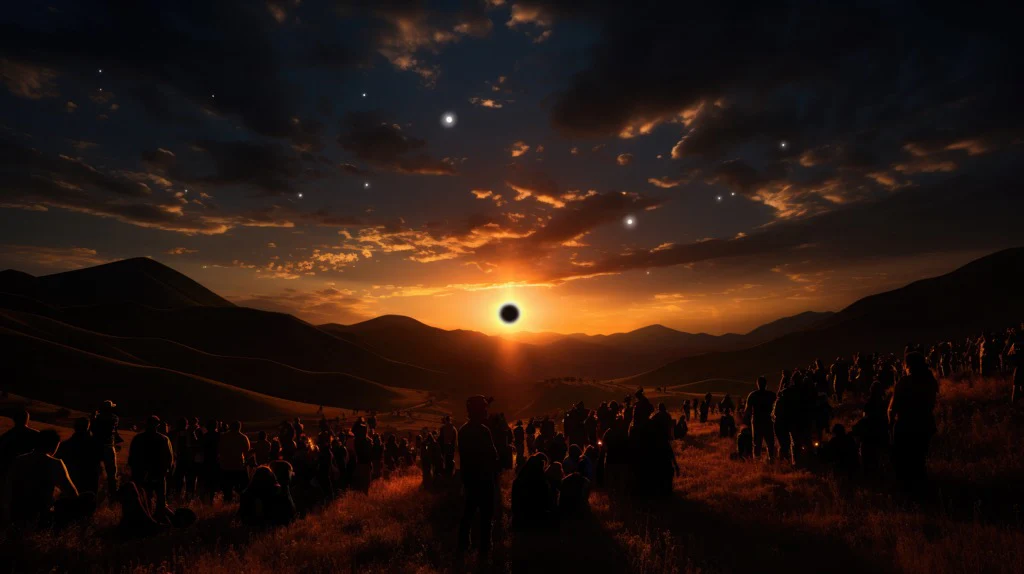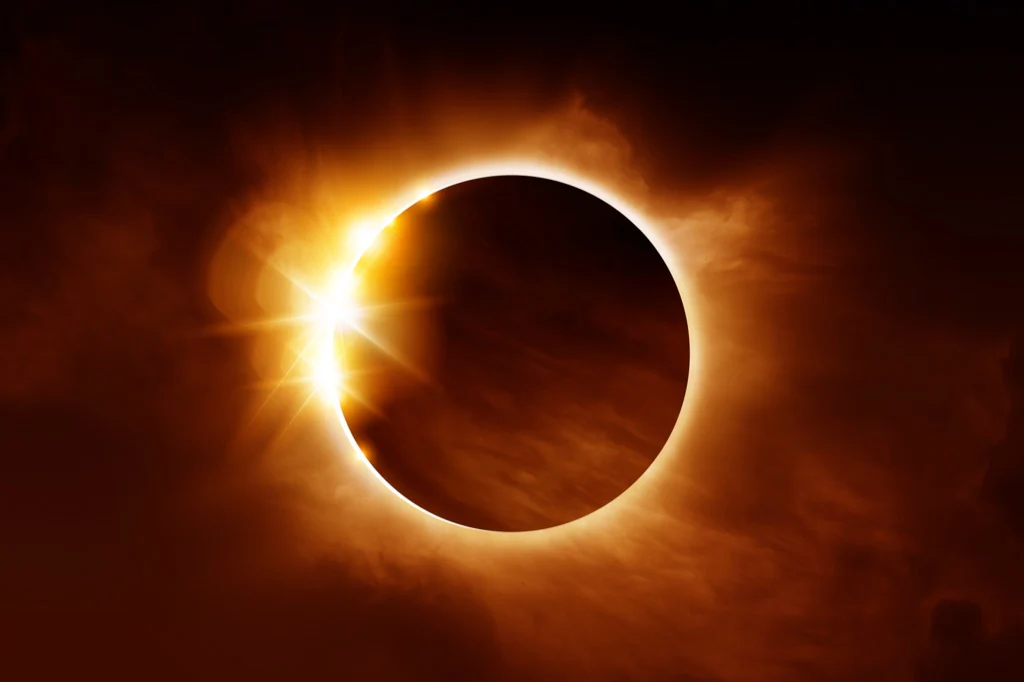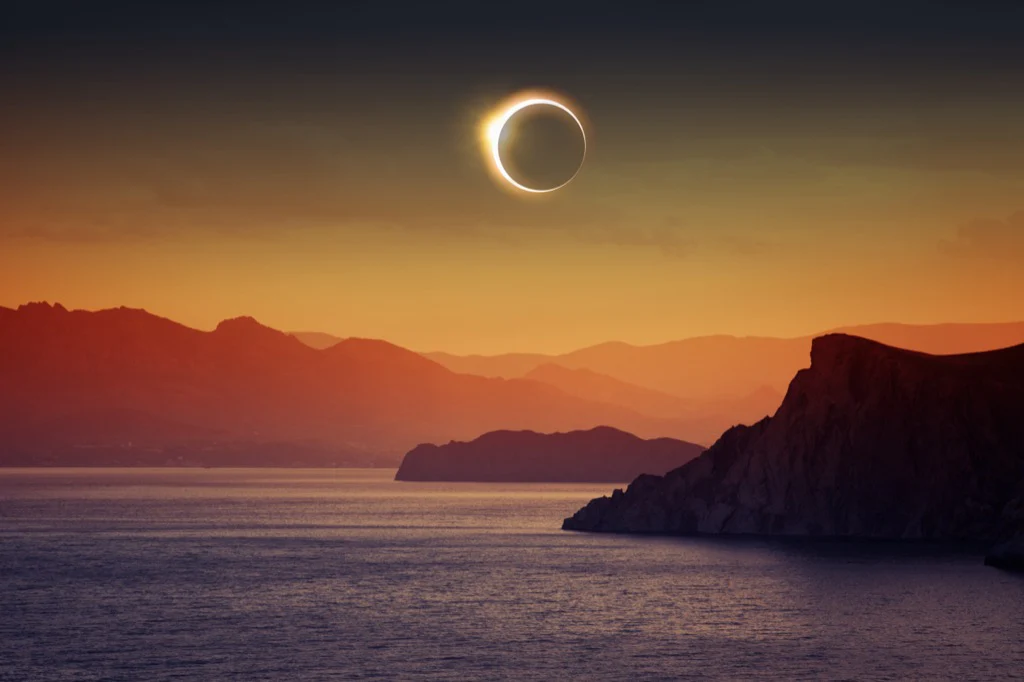How to Photograph the 2024 Total Solar Eclipse
Witnessing a total solar eclipse is an awe-inspiring experience that transcends ordinary observation – it resembles a celestial ballet where the Moon and Sun align in perfect cosmic unison, transforming daylight into an otherworldly twilight. This rare and captivating phenomenon fascinates not only astronomers but all who are fortunate enough to behold its majestic spectacle.

📸 How to Photograph the Solar Eclipse For both amateur and professional photographers, this event presents a unique opportunity to capture one of nature’s grandest spectacles. Prepare your gear, mark your calendar, and get ready to join fellow enthusiasts in documenting this breathtaking phenomenon as it crosses the North American sky.
To ensure you’re fully prepared, I’ve compiled essential tips and strategies for photographing the upcoming eclipse:
🔴 Tip #1: Eye Safety First ⚠️ Never view a solar eclipse with naked eyes. Even when the Moon partially covers the Sun, the remaining light remains dangerous to unprotected eyes.

🔹 Use eclipse glasses specifically designed for this purpose, available for both adults and children 🔹 Never look directly at the Sun through your camera’s viewfinder without proper solar filters
📷 Tip #2: Prepare Your Equipment To photograph the eclipse with a DSLR camera, you’ll need:
- Telephoto lens with long focal length (minimum 400mm) for detailed shots
- Consider renting if you don’t own one
- Cameras with APS-C (crop sensor) have an advantage as they effectively increase focal length
- Solar filter (different from UV or ND filters)
- Essential for protecting your lens and camera sensor
- Check your lens cap for required filter size (e.g., Canon 100-400mm needs 77mm filter)
- Sturdy tripod to prevent camera shake
- Ensure it can support your equipment weight
- Add weight in windy conditions for stability
- Remote shutter or timer to minimize vibration

⚙️ Tip #3: Camera Settings Eclipse photography requires special attention to camera settings for sharp, detailed images:
- Use Manual mode for full exposure control
- Shutter speed: ~1/125s to freeze the Moon’s movement
- Aperture: f/8 or f/11 for optimal sharpness
- ISO: Start low (100-400), adjust during totality
- Use Live View for composition and focus
- Zoom in to manually fine-tune focus
- Shoot in RAW format for post-processing flexibility
- Use exposure bracketing to capture highlight/shadow details
- Practice beforehand to familiarize yourself with settings

🗓️ Tip #4: Plan Ahead
- Find a location with clear views of the eclipse
- Check weather forecasts and have backup plans
- Arrive early to set up your equipment calmly

🌟 Get Ready to Capture the Magic! The 2024 total solar eclipse will be an unforgettable moment. With these tips, you’ll be prepared to photograph this incredible phenomenon safely and spectacularly.
📌 Ready for the big day? Don’t forget to share your photos with the community!

